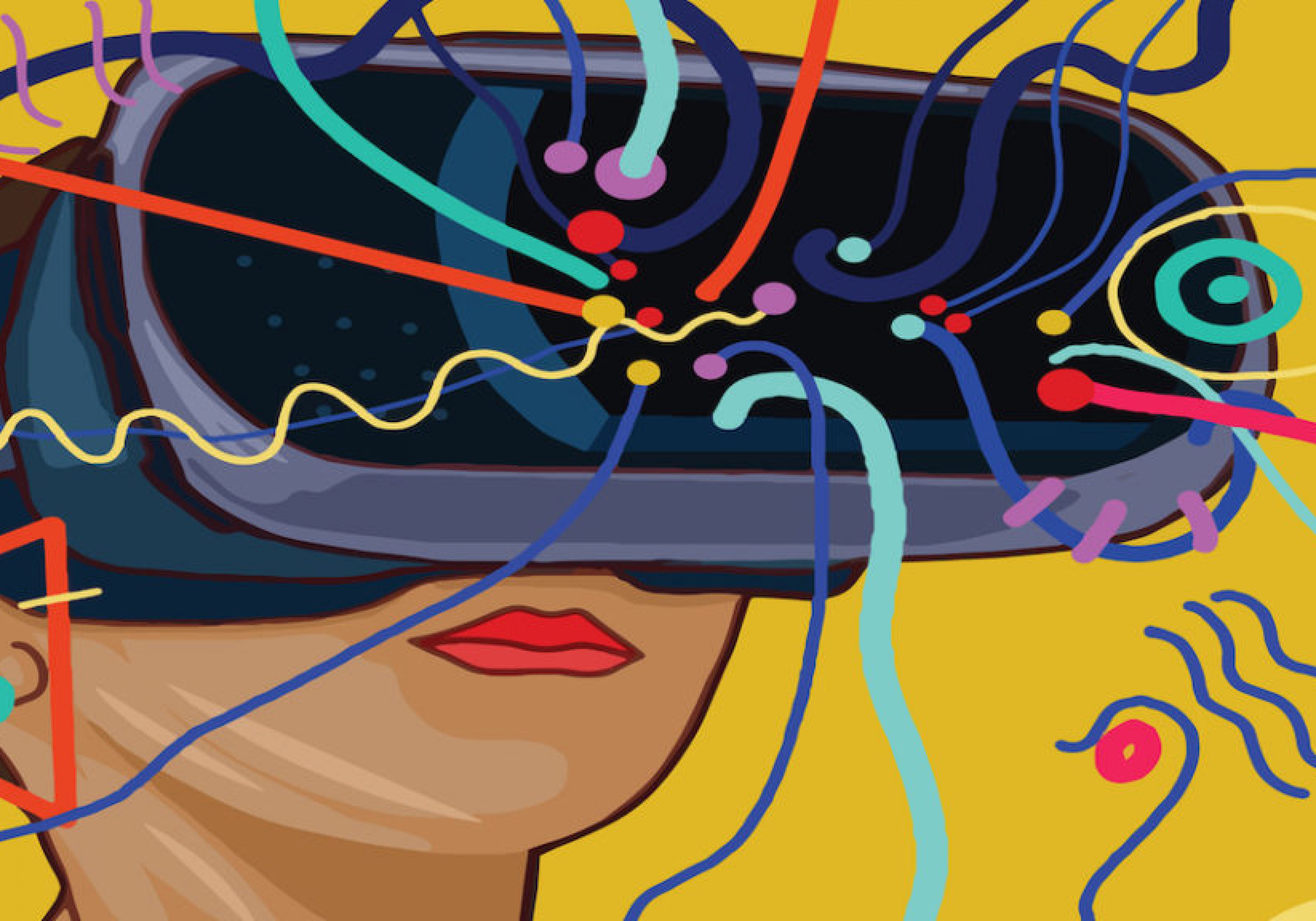
Using data to succeed: tools for machine learning
Insights into key terms and processes involved when working with data science teams are revealed using an accessible narrative in this excerpt from Winning with Data Science


In the constantly changing field of education, cutting-edge methods that use technology to empower and engage students are replacing traditional lectures and textbooks. Virtual reality (VR) and augmented reality (AR) have become transformative tools among these ground-breaking innovations, especially in the field of business education.
This article explores how AR and VR are changing the way business concepts are learned, retained and used by offering immersive, interactive and hands-on learning experiences that go far beyond the boundaries of textbooks.
The current state of business education
Business education has been based on traditional means of instruction – textbooks, lectures, case studies, static presentations and so on. While these approaches are fundamental, they frequently fail to completely engage students and prepare them for the fast-paced, dynamic business environment.
Increasingly, business school students struggle to stay interested in traditional methods of education because they find them boring. In addition, these forms of passive learning do not always encourage critical thinking, problem-solving techniques, or practical experience directly, leading to poor idea memory and application.
More creative and interactive teaching strategies that better meet the needs of the contemporary corporate world are therefore required to solve these issues. In this, AR and VR technologies offer the chance to close the knowledge gap between theory and practice.
Understanding AR and VR
AR superimposes digital data over the physical world, such as pictures, movies, or three-dimensional (3D) models. By incorporating digital components into reality, AR improves the user’s view of it. Conversely, VR technology submerges people into a fully digital realm, frequently using headgear or other equipment to establish a sensation of presence within a computer-generated environment.
The degree of immersion is where AR and VR differ most from one another. While VR produces a totally realistic, simulated experience where the user is momentarily detached from their physical surroundings, AR enriches the real world.
Hardware and software are combined to power AR and VR technologies. They are being used more often in education to provide dynamic, participatory and hands-on learning environments. AR is helpful for on-site training and visualisation because it adds digital material to real-world events. Conversely, VR works well for immersive simulations, allowing students to investigate situations that may otherwise be unavailable or difficult to experience in the real world. Thanks to their ability to stimulate the senses and encourage active engagement, these technologies have the potential to greatly improve the educational experience.
Five beneficial applications of AR and VR in business education
1) Enhanced motivation and engagement: Compared to traditional teaching techniques, AR) and VR can provide students with immersive and interactive learning experiences that are significantly more motivating and engaging. For instance, the Marshall School of Business at the University of Southern California employs VR technology to create realistic case studies that allow students to apply their knowledge in an environment that closely mimics the real world. Similarly, the AI Research Centre at Woxsen University’s School of Business has trained 60 to 70 faculty members to deliver complex course materials within the Woxsen metaverse environment, with the aim of benefiting more than 2,000 students.
2) Improved learning outcomes: Research has indicated that the use of AR and VR in education can result in superior learning outcomes, including better exam and assessment scores and an improvement in knowledge retention. In research from the University of Central Florida, for example, students who learned accounting concepts using VR performed better in a subsequent exam than those who used traditional teaching techniques alone.
3) Enhanced soft skills development: Students can enhance critical soft skill areas, such as problem-solving, teamwork and communication, with the help of AR and VR. For instance, the University of Pennsylvania’s Wharton School simulates job interviews using VR, giving students the chance to hone their communication skills and get input from peers and teachers.
4) Reduced training costs: By removing the need for expensive tools and supplies, AR and VR can assist in lowering the cost of training. Walmart, for instance, trains staff members on how to operate the company’s new self-checkout machines using VR. Estimates suggest that Walmart has saved millions of dollars in training expenses as a result.
5) Increased safety: Students can receive practical instruction and advice in relation to risky or hazardous tasks in a secure setting through the use of AR and VR. At the University of North Dakota, for example, engineering students learn about heavy machinery operation using VR, lessening the likelihood of any mishaps or injury.
These five advantages highlight how AR and VR have the power to change the face of business education and give students a more productive and enjoyable educational experience.
Overcoming challenges and concerns
Of course, there are challenges and concerns associated with integrating VR and AR in business education. For instance, it is imperative that problems associated with costs and accessibility are resolved. It is also essential to guarantee data security and privacy in the online learning environment. Furthermore, training and upskilling educators to use AR and VR effectively in the classroom must be a central and continuous consideration.
Finding an ideal balance between traditional teaching techniques and technology-based instruction continues to be an issue. However, the potential advantages of AR and VR in business education continue to exceed the drawbacks as difficulties are addressed and lessened.
Certainly, the introduction of VR and AR into business education signals the beginning of a revolution in education. These technologies offer a range of potential advantages, including increased student motivation and engagement, better learning outcomes and the development of all-important soft skills. Real-world case studies, in particular, demonstrate the effective use of AR and VR in business education, and their potential influence. However, issues around price, usability, data security and teacher preparation all need to be addressed to maximise the opportunities these technologies present and bring business education into the cutting edge of a fascinating and inventive future.
Hemachandran K is an associate dean and director of the AI Research Centre at the School of Business, Woxsen University in Hyderabad, India
Raul Villamarin Rodriguez is vice-president at Woxsen University

Insights into key terms and processes involved when working with data science teams are revealed using an accessible narrative in this excerpt from Winning with Data Science

Cuoa Business School programme is the product of an alliance initiative launched in 2019 that currently fosters collaboration between Cuoa and 17 different institutions across Italy. Ellen Buchan reports

The AI genie is firmly out of the bottle and educators must instigate a behavioural change in students, say Hult International Business School’s Uma Gunasilan and Nikhil Soi
For questions about editorial opportunities, please contact:

